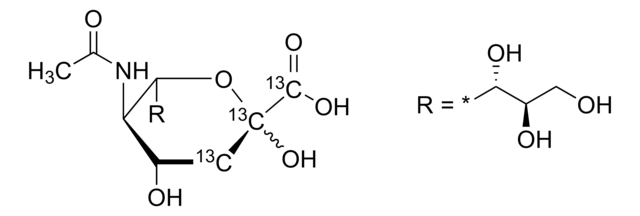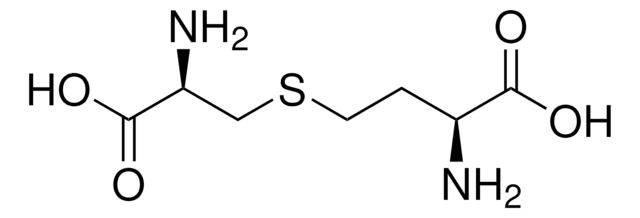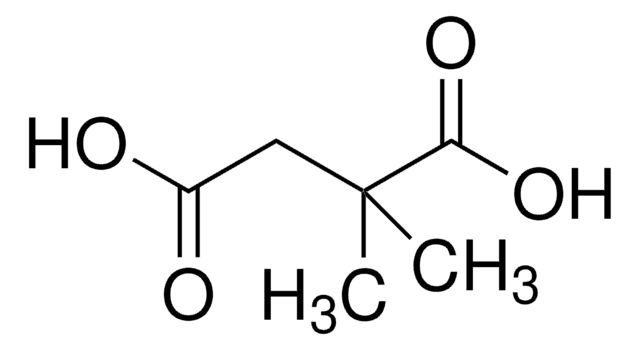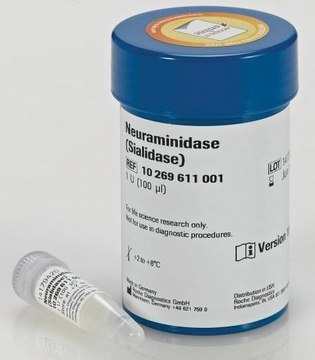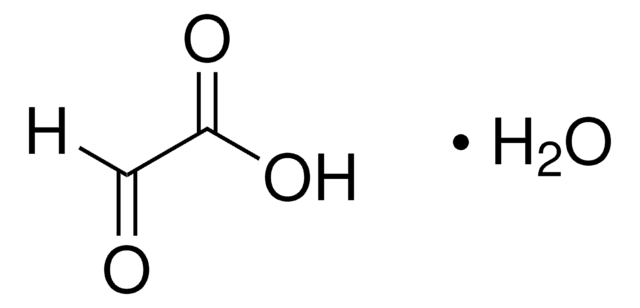M7433
Anti-phospho-MAP Kinase Kinase 4 (MKK4, SEK, JNKK1) (pThr223) antibody produced in rabbit
affinity isolated antibody, buffered aqueous glycerol solution
Recommended Products
biological source
rabbit
Quality Level
conjugate
unconjugated
antibody form
affinity isolated antibody
antibody product type
primary antibodies
clone
polyclonal
form
buffered aqueous glycerol solution
species reactivity
human, mouse, rat
technique(s)
western blot (chemiluminescent): 1:2,000 using sodium chloride and vanadate-treated 293 cells
UniProt accession no.
shipped in
wet ice
storage temp.
−20°C
Gene Information
human ... MAP2K4(6416)
mouse ... Map2k4(26398)
General description
Specificity
Immunogen
Application
Physical form
Disclaimer
WGK
WGK 2
Flash Point(F)
Not applicable
Flash Point(C)
Not applicable
Regulatory Information
Certificates of Analysis (COA)
Search for Certificates of Analysis (COA) by entering the products Lot/Batch Number. Lot and Batch Numbers can be found on a product’s label following the words ‘Lot’ or ‘Batch’.
Already Own This Product?
Find documentation for the products that you have recently purchased in the Document Library.
Our team of scientists has experience in all areas of research including Life Science, Material Science, Chemical Synthesis, Chromatography, Analytical and many others.
Contact Technical Service

